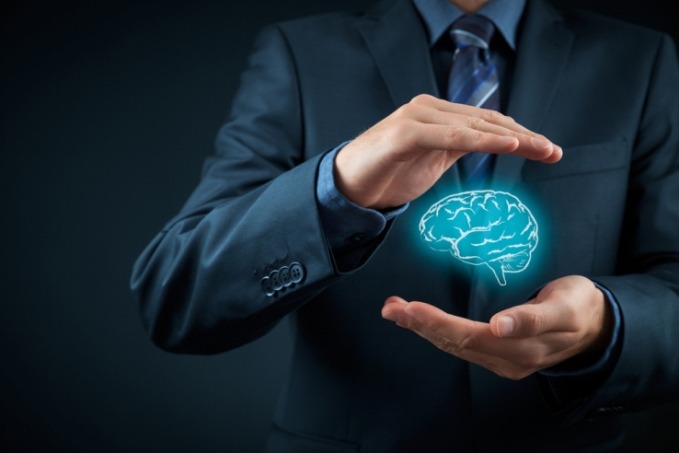Next: Technology to enable patient-centered, collaborative behavioral health and chronic care management

.
Tech Is Driving Collaboration In Behavioral Health (TechCrunch):
“Collaboration amongst providers is critical in all aspects of medicine, but nowhere is this more true than in behavioral health (mental health and substance use disorders), where the costs of poor collaboration are sky-high…There is a mountain of evidence to suggest that a bidirectional relationship exists between many behavioral and physical health conditions — medical disorders often lead to mental disorders, and mental health conditions may place someone at risk for medical disorders…
Another advancement in behavioral healthcare technology is the tools — smartphone apps, wearable devices and online support communities — a patient can use for self-managing behavioral health and chronic physical health conditions. Cognitive Behavioral Therapy (CBT) is one such treatment traditionally administered in face-to-face therapy sessions that has been successfully computerized in recent years by companies like myStrength…
Some companies have even figured out how to use the smartphone as a sensor to better detect behavior changes that can tell us a lot about one’s mental state. Ginger.io gathers information on movement, texting and call patterns — collected in the background on a patient’s phone — and has been able to recognize when certain behaviors might indicate risk of developing mental health disorders…
With core systems in place and incentives steadily changing, technology can be a potent catalyst to reorganizing how we work for patients. The time for collaborative behavioral health and chronic care management is now. The livelihood of our patients, and our organizations, literally depends on it.”
To learn more:
- Mobile cognitive therapies gain traction as first-line mental health intervention
- Monitoring & Enhancing Brain Health in the Pervasive Neurotechnology Era (November 17–19th, 2015)


